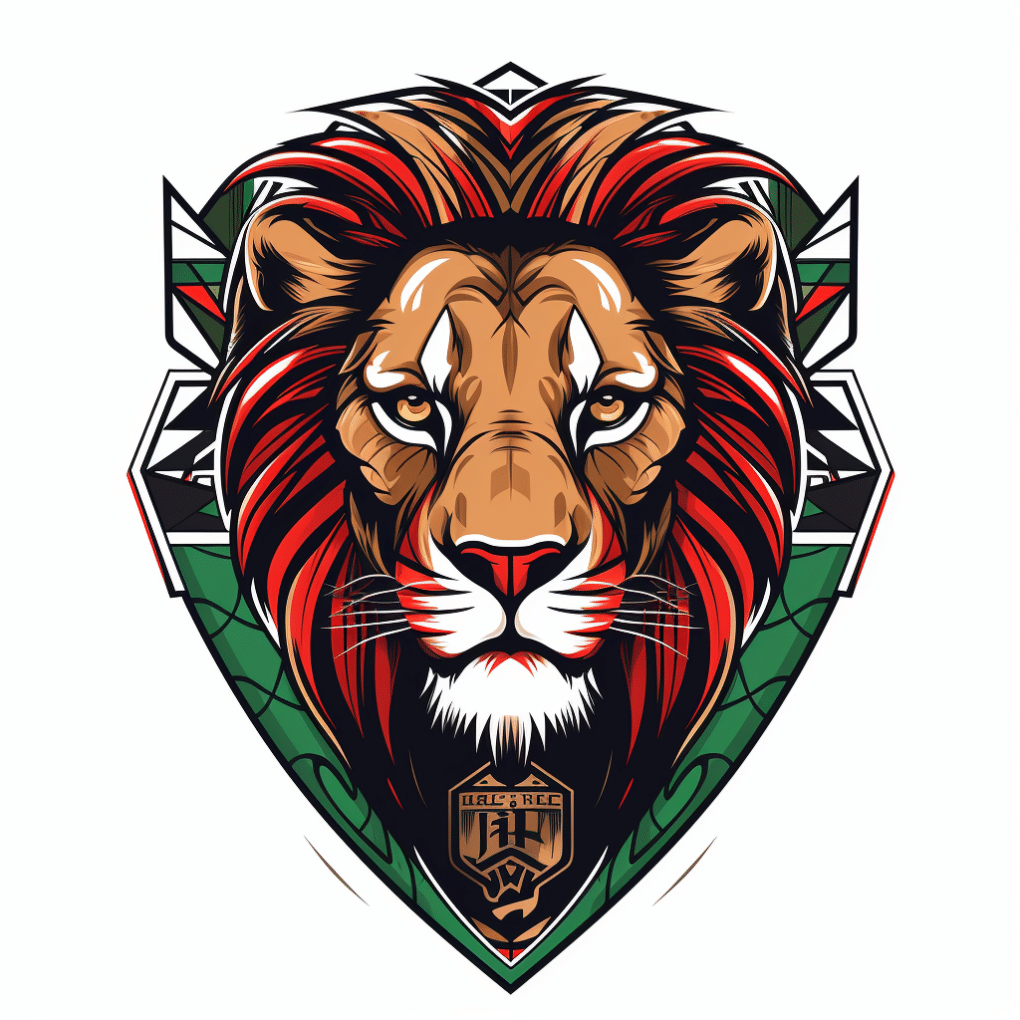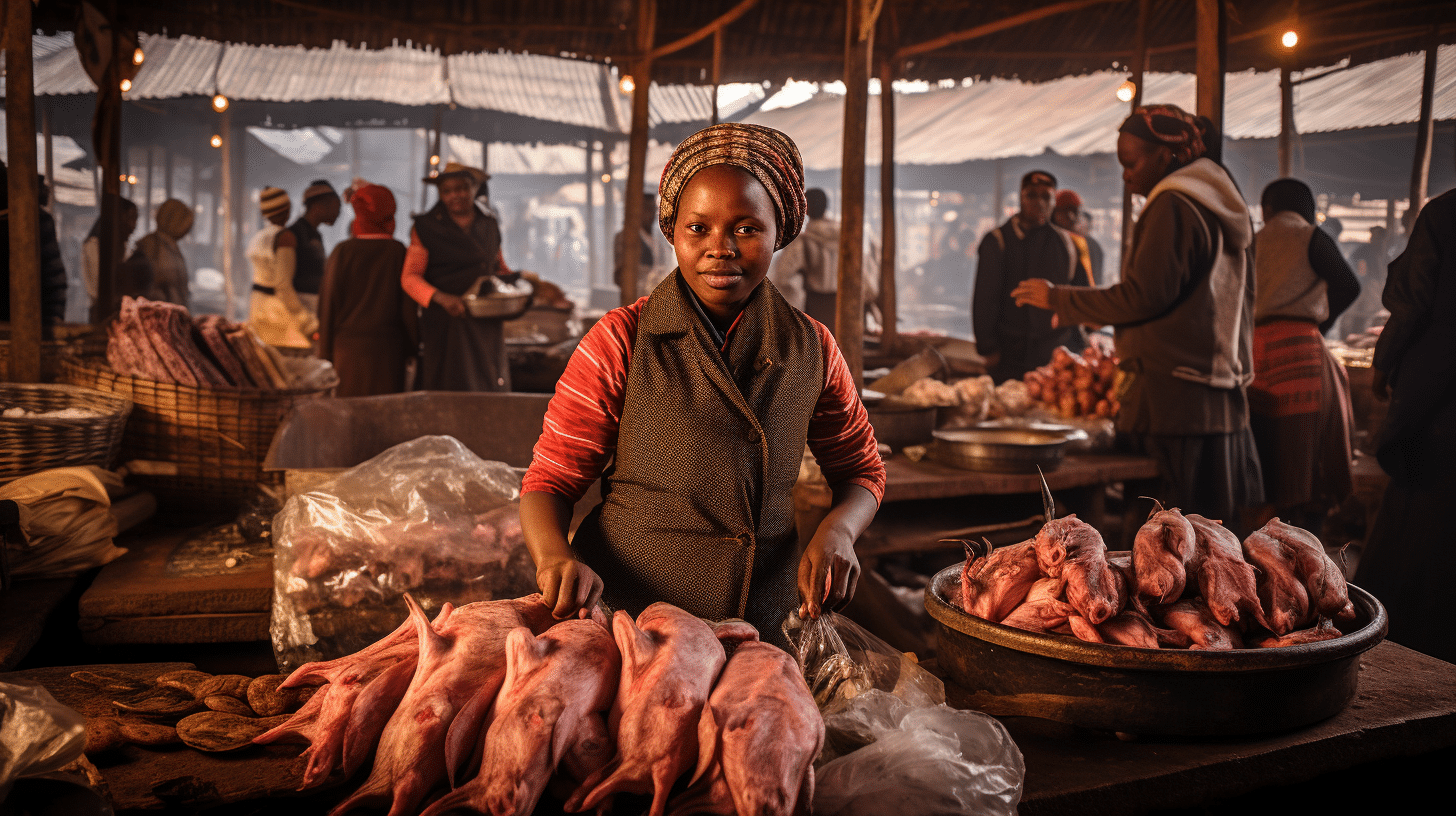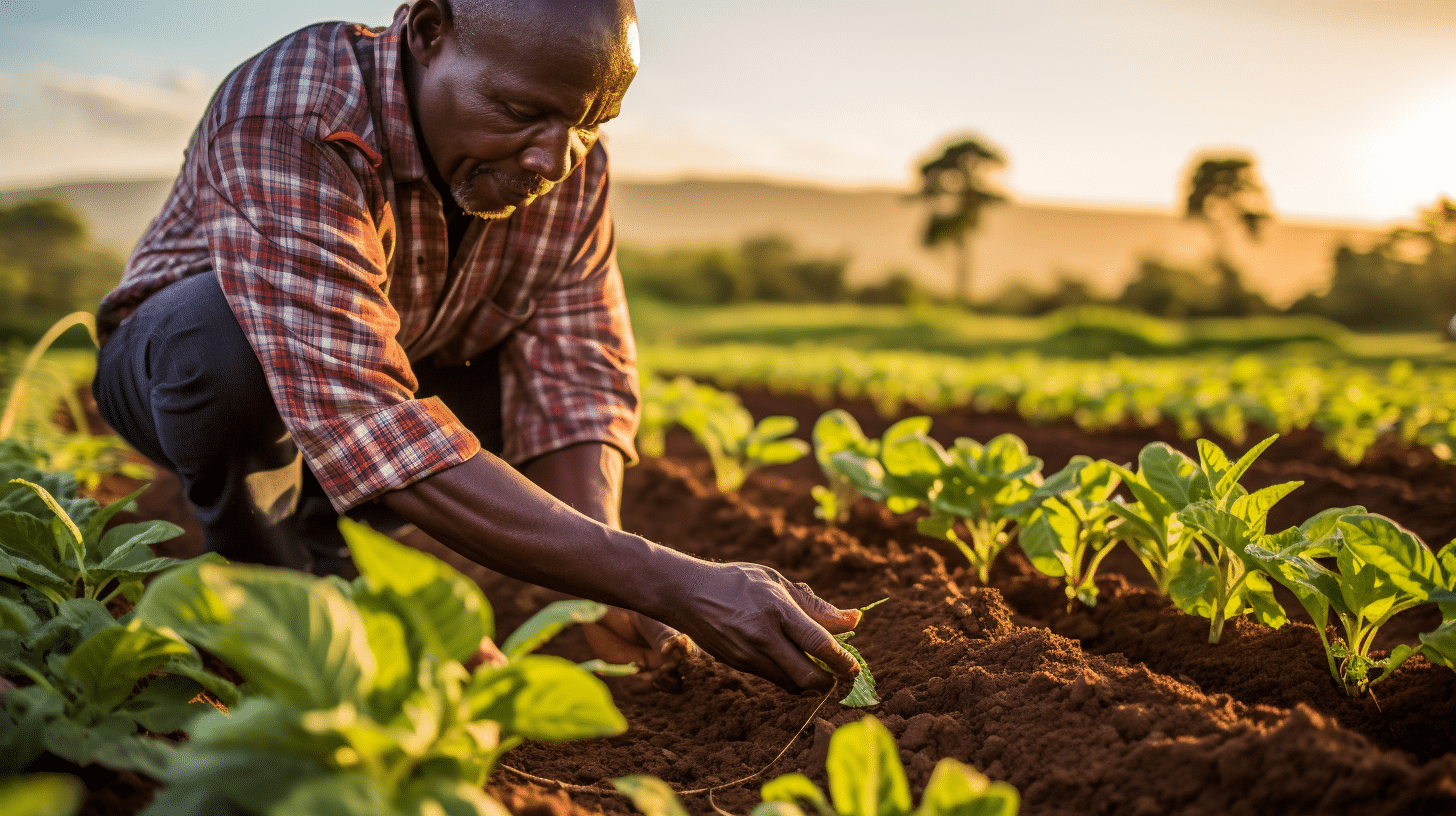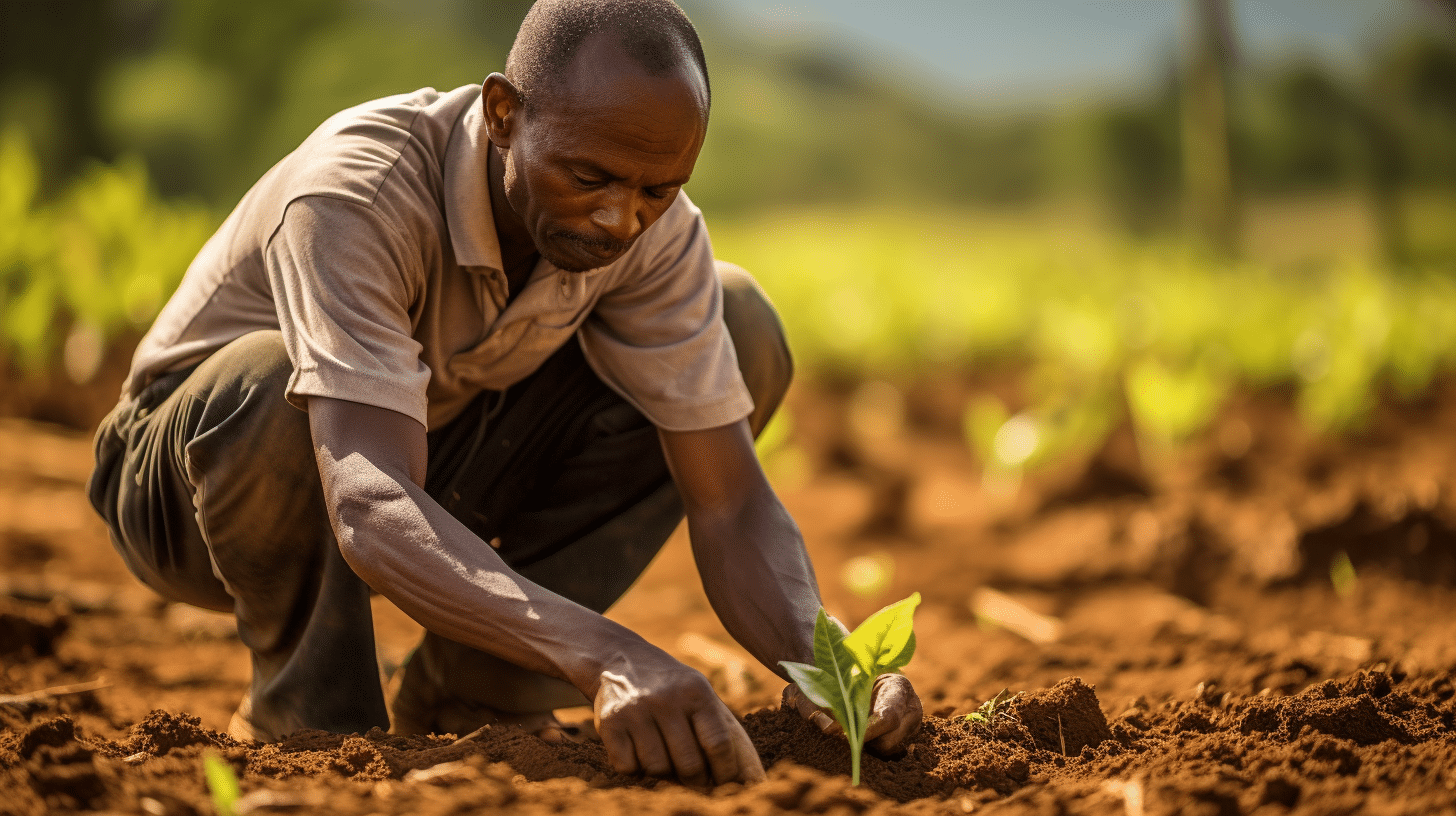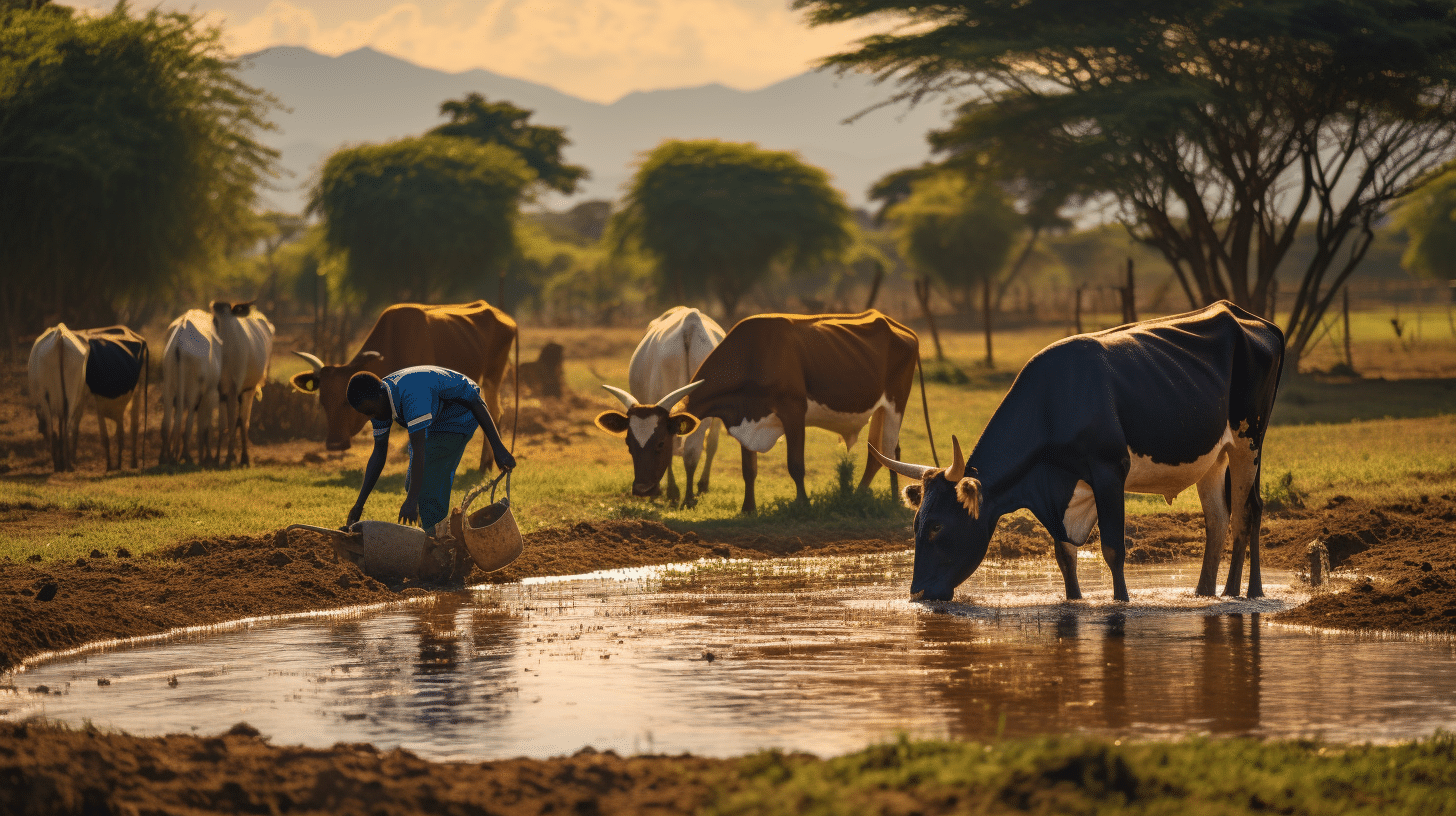Western county is the largest producer of sugarcane in the country and many farmers are investing in the cash crop and eventually making alot of profit from it.The various sugarcane companies found at the place have encouraged the development of infrastructure in the regions making it good for farmers to invest in the crop.Among many other reasons,the following are some of the factors promoting the farming of sugarcane in western kenya
Plenty Supply of Rainfall
Sugarcane needs plenty supply of rainfall and the western part of the country has good rainfall patterns and is continually receiving alot of rainfall in the longrun.Plenty supply of rainfall is essential for the growth of sugarcane.It is good for the farmers to to invest in western kenya as it has good rainfall that is needed for the huge production.
Availability of land
land is crucial for the farming of sugarcane and it is good for farmers to have enough pieces of land before investing in the farming of sugarcane in the country.It is a crop that does well in places having huge tracks of land and western province is good in supply.
Availability of labor
Western has alot of people that are currently investing in the farming of sugarcane.Labor is needed for various reasons such a weeding the crop and ensuring that no weeds and other harful pests are around the cane plants.Labor is also essential for the harvesting of the crops and burning of the sugarcane burgase.
Sugarcane factories
The many number of factories found in the county pay well their farmers making them get encouraged to invest in the cash crop and encourage economic growth of the countrysugarcane industries offer various education services about the ways that can be used to encourage the production of more sugarcane in the place.
Market
The availability of market encourages farmers to invest more in the crop,make money and use the harvest to make may other products making the raw materials to be used by other companies.
